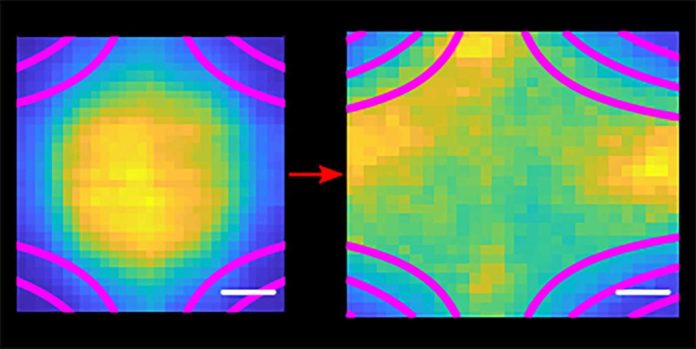How plasma behaves in a magnetic field?
This is the puzzle essential to solving to understand how the solar wind interacts with the Earth or generates clean energy from nuclear fusion.
Using laser-cooled strontium, scientists from Rice University trapped the world’s coldest plasma in a magnetic bottle with forces from surrounding magnets. This is for the first time, scientists confined an ultracold plasma magnetically.
Rice Dean of Natural Sciences Tom Killian, the corresponding author of a published study, said, “This provides a clean and controllable testbed for studying neutral plasmas in far more complex locations, like the sun’s atmosphere or white dwarf stars. It’s beneficial to have the plasma so cold and to have these very clean laboratory systems. Starting with a simple, small, well-controlled, well-understood system allows you to strip away some of the clutter and really isolate the phenomenon you want to see.”
Study co-author Stephen Bradshaw, a Rice astrophysicist, said, “Throughout the sun’s atmosphere, the (strong) magnetic field has the effect of altering everything relative to what you would expect without a magnetic field, but is very subtle and complicated ways that can trip you up if you don’t have a really good understanding of it.”
“Solar physicists rarely get a clear observation of specific features in the sun’s atmosphere because part of the atmosphere lies between the camera and those features, and unrelated phenomena in the intervening atmosphere obscures what they’d like to observe.”
“Unfortunately, because of this line-of-sight problem, observational measurements of plasma properties are associated with quite a lot of uncertainty. But as we improve our understanding of the phenomena, and crucially, use the laboratory results to test and calibrate our numerical models, then hopefully we can reduce the uncertainty in these measurements.”
Killian said the quadrupole magnetic setup used to trap the plasma is a standard part of the ultracold setup that his lab and others use to make ultracold plasmas. But finding out how to trap plasma with the magnets was a thorny problem because the magnetic field plays havoc with the optical system that physicists use to look at ultracold plasmas.
“Our diagnostic is laser-induced fluorescence, where we shine a laser beam onto the ions in our plasma, and if the frequency of the beam is just right, the ions will scatter photons very effectively. You can take a picture of them and see where the ions are, and you can even measure their velocity by looking at the Doppler shift, just like using a radar gun to see how fast a car is moving. But the magnetic fields shift around the resonant frequencies, and we have to disentangle the shifts in the spectrum that are coming from the magnetic field from the Doppler shifts we’re interested in observing.”
“That complicates experiments significantly, and to make matters even more complicated, the magnetic fields change dramatically throughout the plasma.”
“So we have to deal with not just a magnetic field, but a magnetic field that’s varying in space, in a reasonably complicated way, to understand the data and figure out what’s happening in the plasma. We spent a year just trying to figure out what we saw once we got the data.”
In the experiment, the magnetic field increased the complexity of plasma.
Killian said, “There is a lot of complexity as our plasma expands across these field lines and starts to feel the forces and get trapped. This is a widespread phenomenon, but it’s very complicated and something we need to understand.”
Journal Reference:
- G. M. Gorman et al. Magnetic Confinement of an Ultracold Neutral Plasma. DOI: 10.1103/PhysRevLett.126.085002
